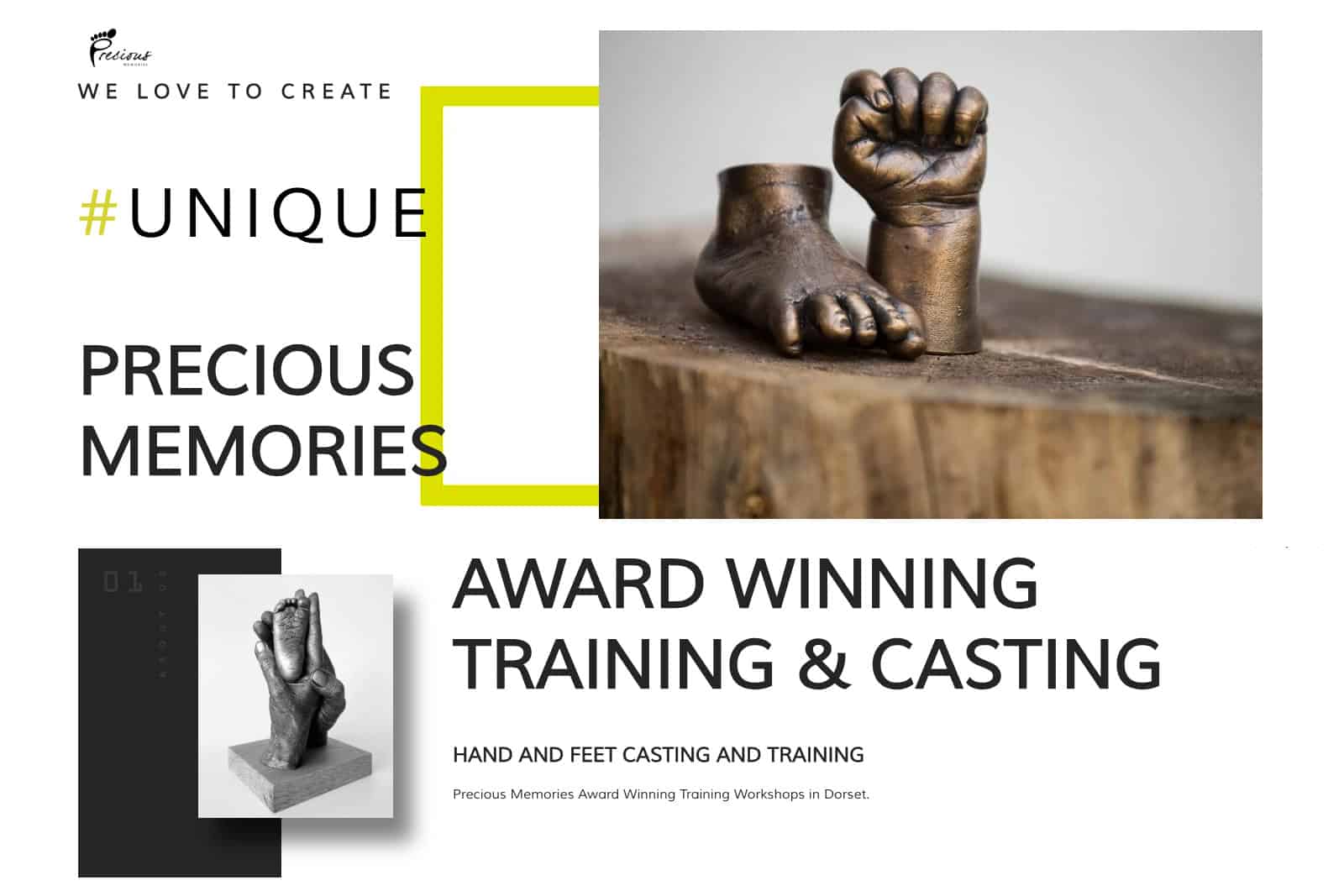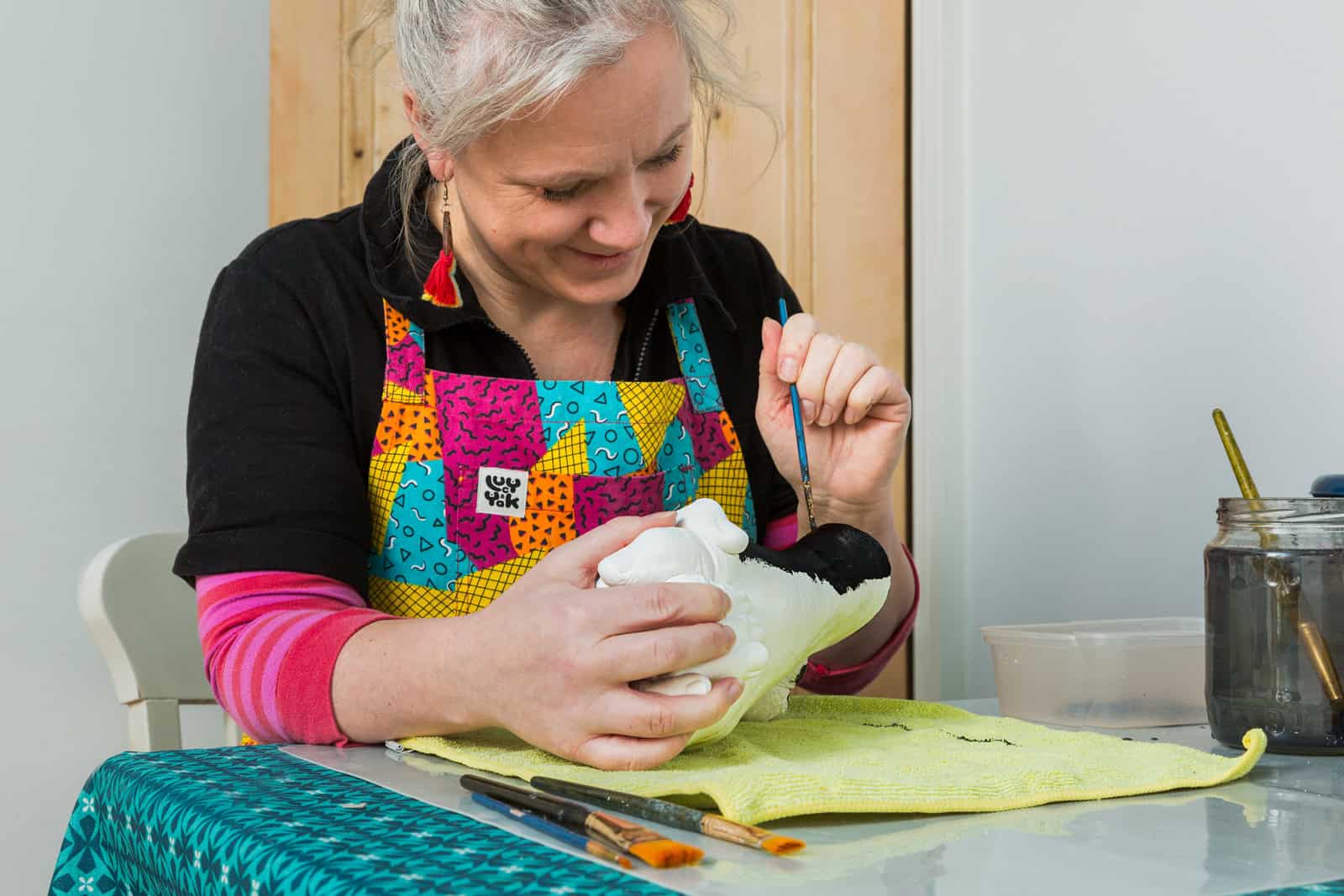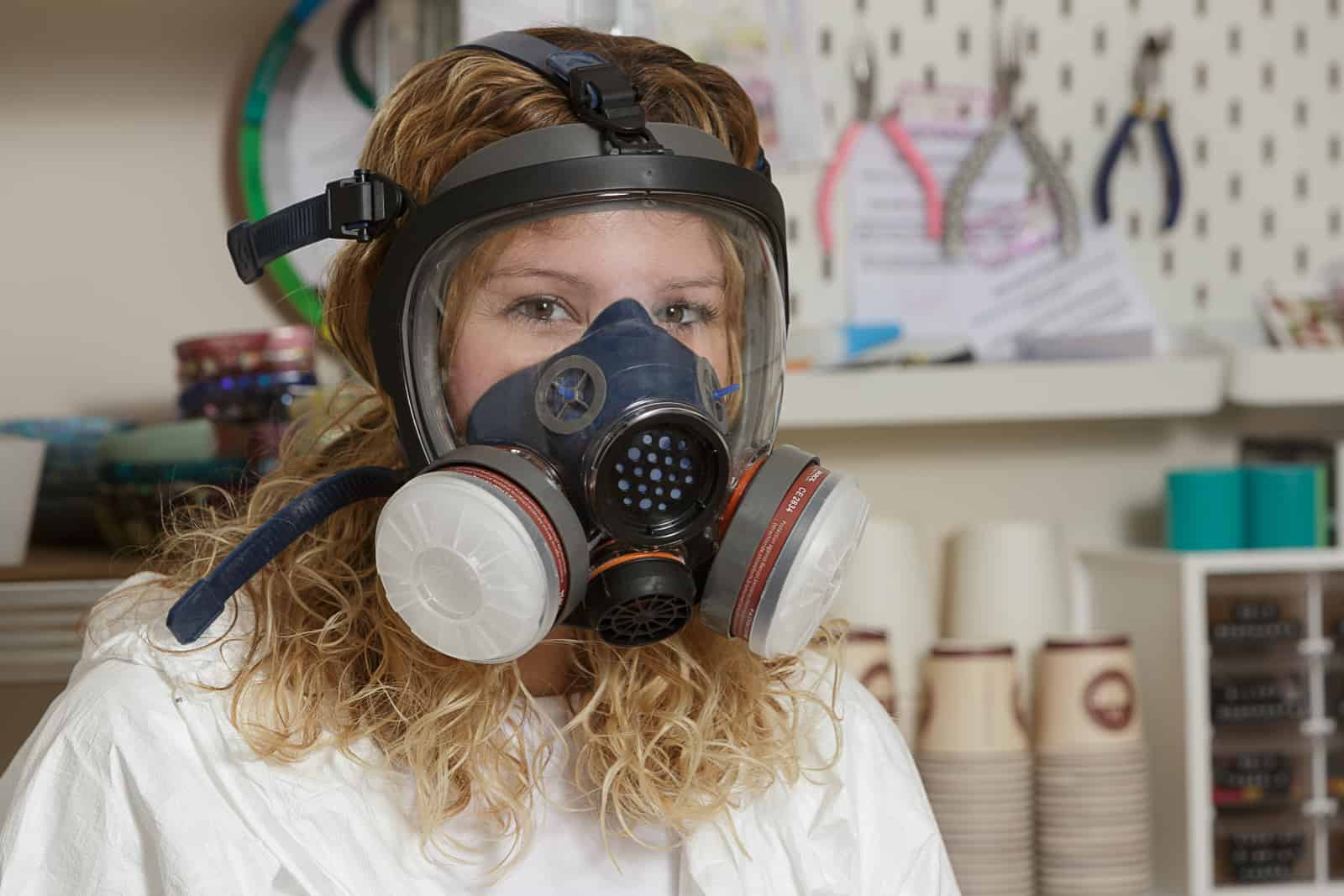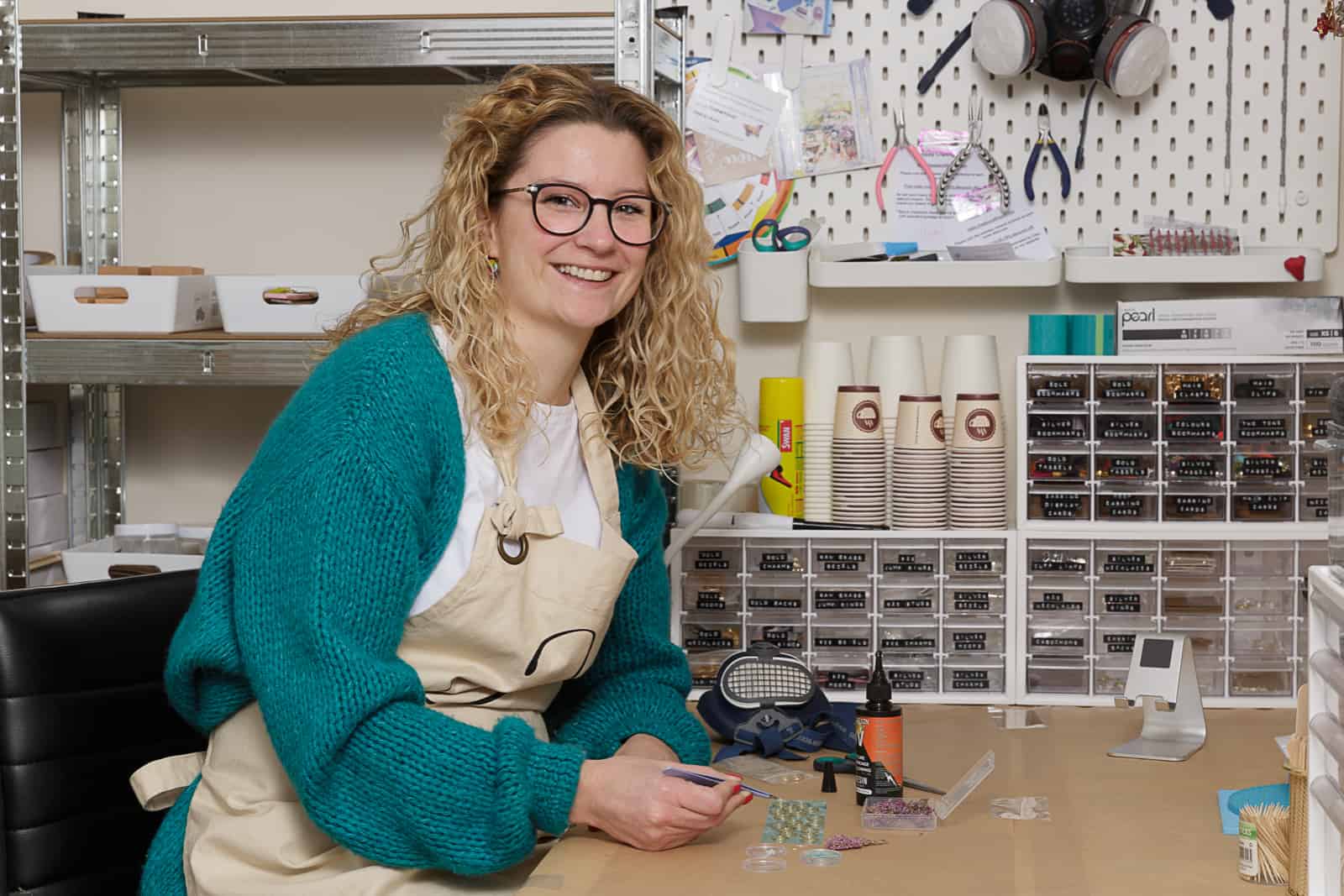Introduction
Jo runs Sentimental Castings, specialising in botanical, coastal, and 3D hand and foot castings. She works part-time in NHS speech therapy but rediscovered her passion for art during COVID. Self-taught in botanical casting, and inspired by her coastal roots, she has created a business selling her artworks.
This is part one of a three-part story.
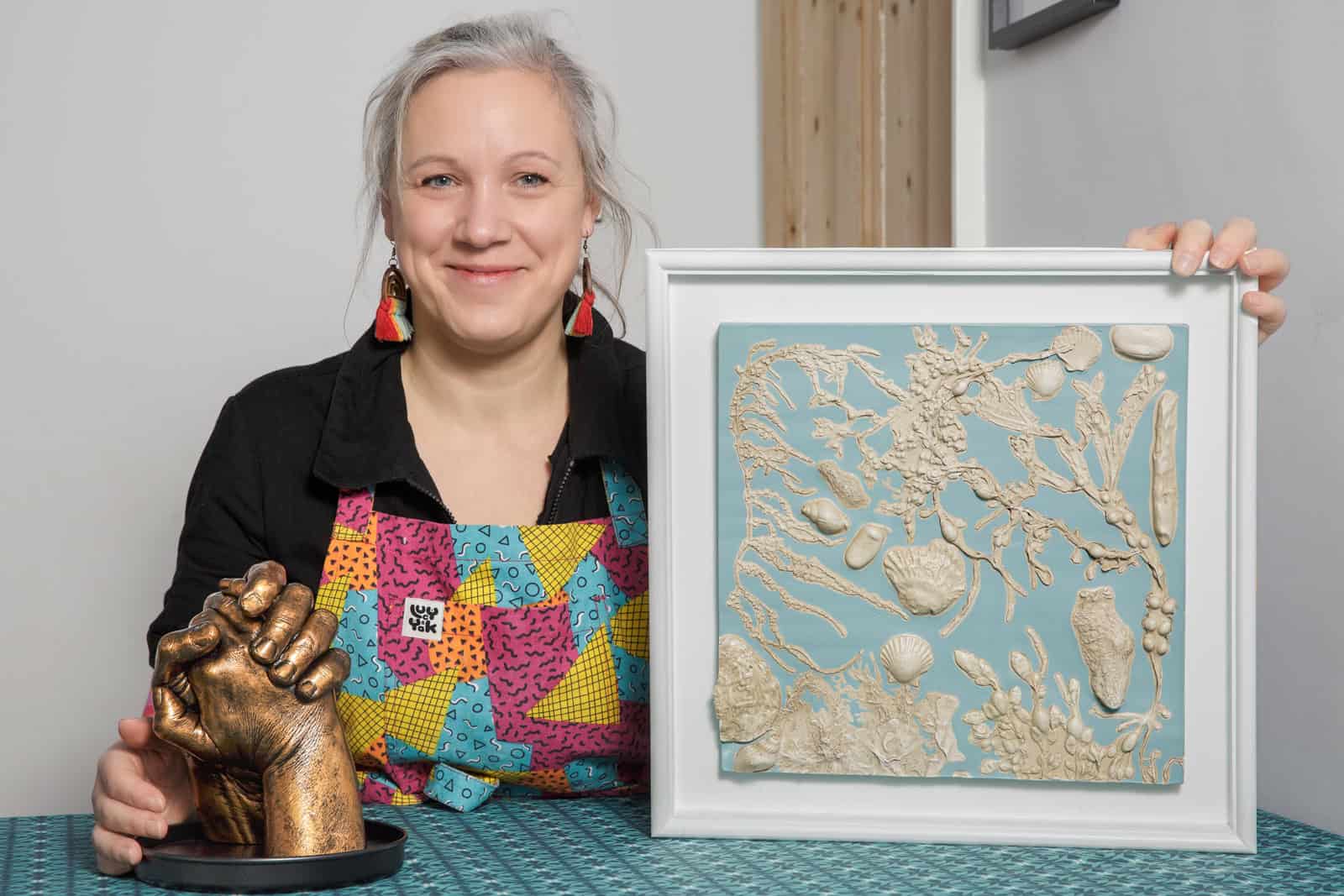
Could you introduce yourself and your business?
My name is Jo Butler and my business is known as Sentimental Castings. I’m a plaster caster with an emphasis on botanical and coastal relief castings and also some 3D hand and feet casting.

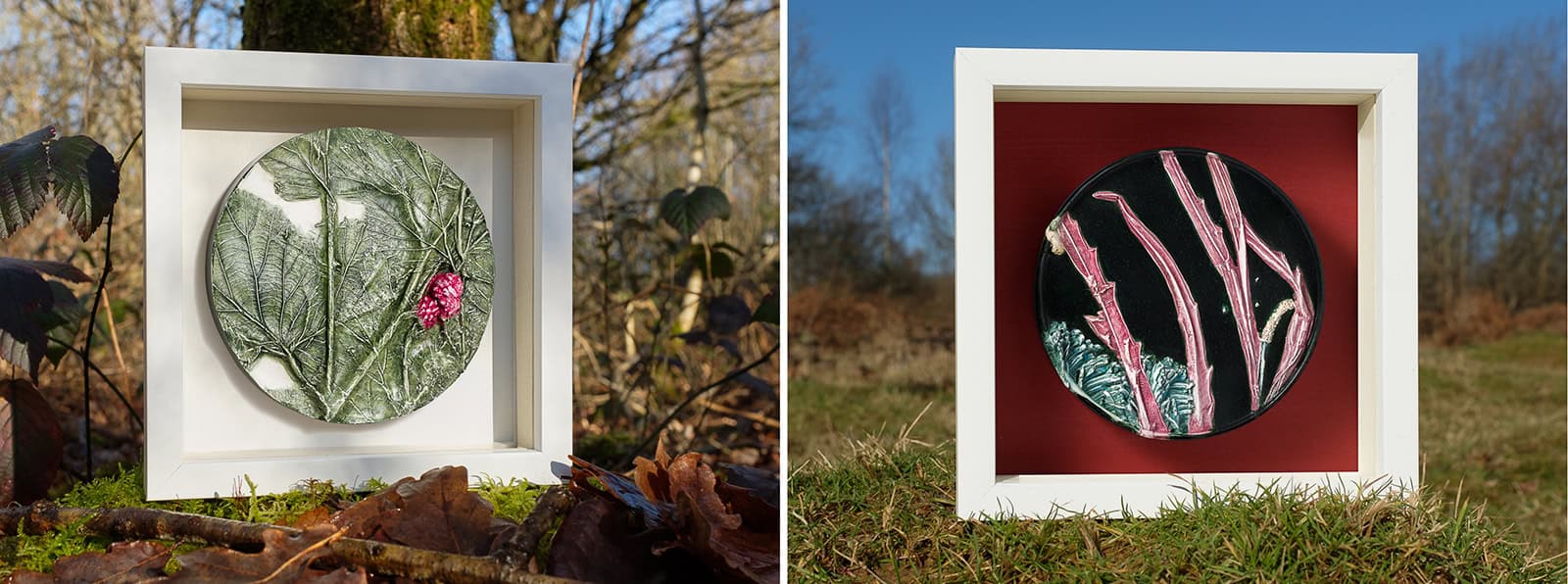
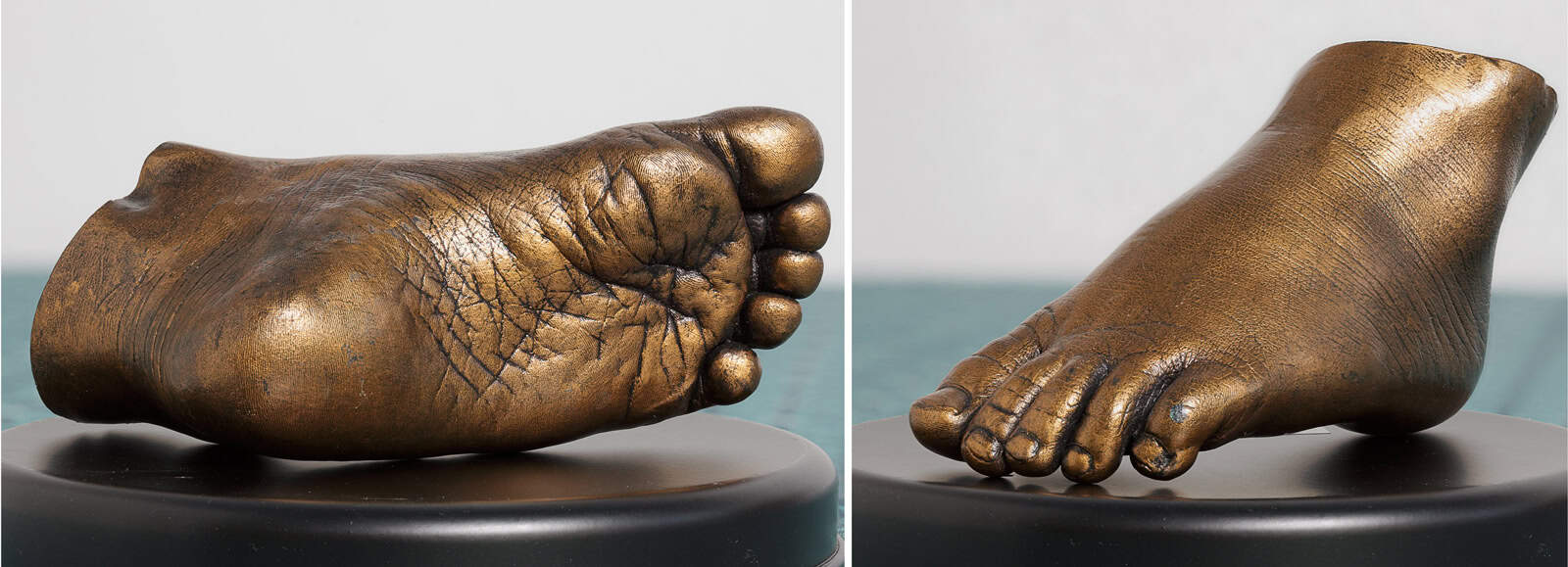
Are you a Jo, Josie or …?
I can be Jo or Josie, but most people will know me as Jo. I’m Josephine when I’m in trouble [laughs].
Title: Caption
Is Sentimental Castings a one-woman business or do you have any help from family or friends?
Sometimes my husband Simon helps me set up stands at market stalls, which I’ve recently started attending. He also helps to cut the frames for my larger pieces of artwork. But it’s just me really.
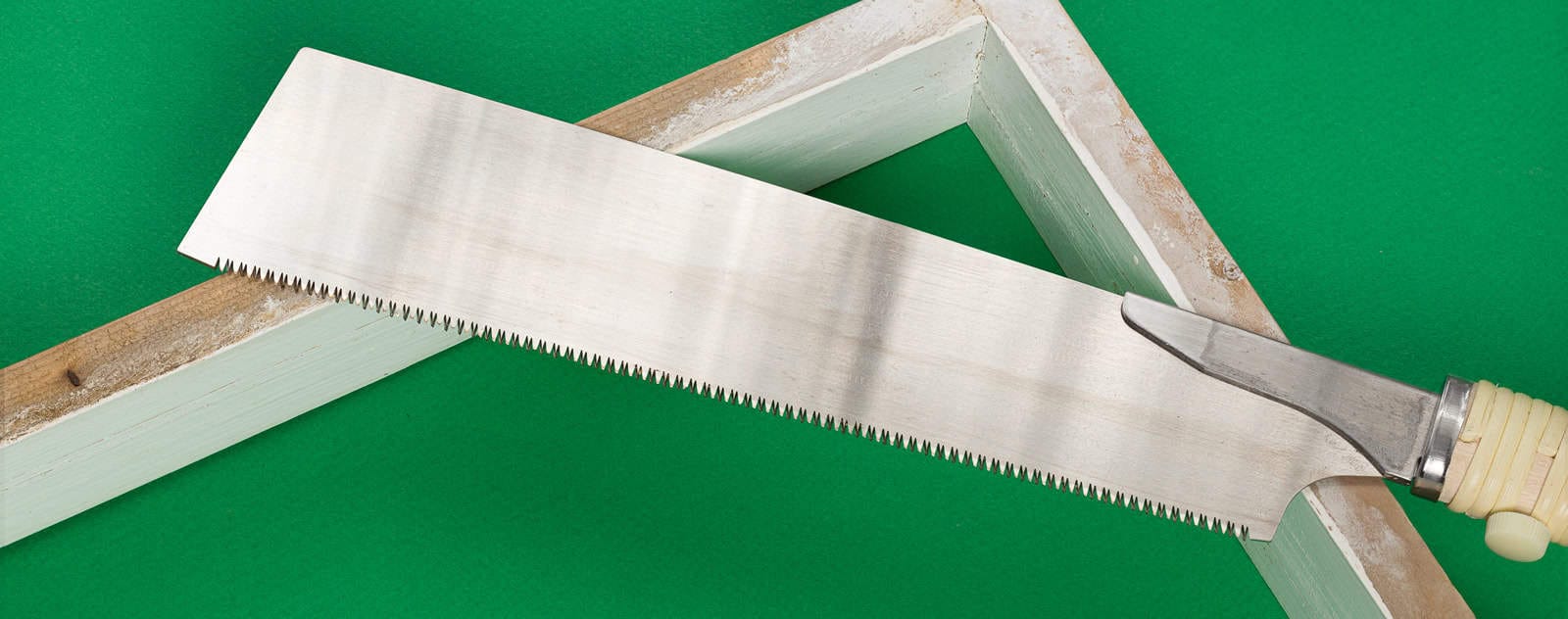
Do you prefer to work alone or would you like to have a team of people around you?
I’ve had offers of help from my family, which I really appreciated, but I would rather be doing it on my own.
So like most creatives, you’re a control freak [laughs], with regard to your business?
[Laughs] Not in any other aspect of my life, but definitely with my art. It represents me and it’s very personal.
Did I read that your family had a sign-writing and screen-printing business?
My dad’s family had a sign-writing business, where he gained those skills, but he decided to go into teaching instead. Then, when I was two years old, he realised that teaching wasn’t his calling and set up his own sign-writing business in his garage in Southampton. He built it up from scratch doing sign writing, screen printing and embroidery. My sisters and I would help out from an early age, even if it was only carrying bits of equipment or cleaning. Then, as I grew older, I used to do some of the screen printing and embroidery.

Were you ever tempted to follow in the footsteps of the family business?
In lots of ways, I regret not doing so. I was very resistant at the time. As is typical of most youngsters, I wanted to find my own way. You know, “why would I want to do this?” sort of attitude. But I look back at that now and have some misgivings as to why I was like that. So, who knows what might have been.
So instead of that, you went to college and then onto university?
Yes, I did a fine art degree. My dad was an artist and I grew up watching him paint; he also had a makeshift dark room in our house. My sisters and I were often involved somehow in the art and the process, just the same as helping out in the sign-writing business later on.
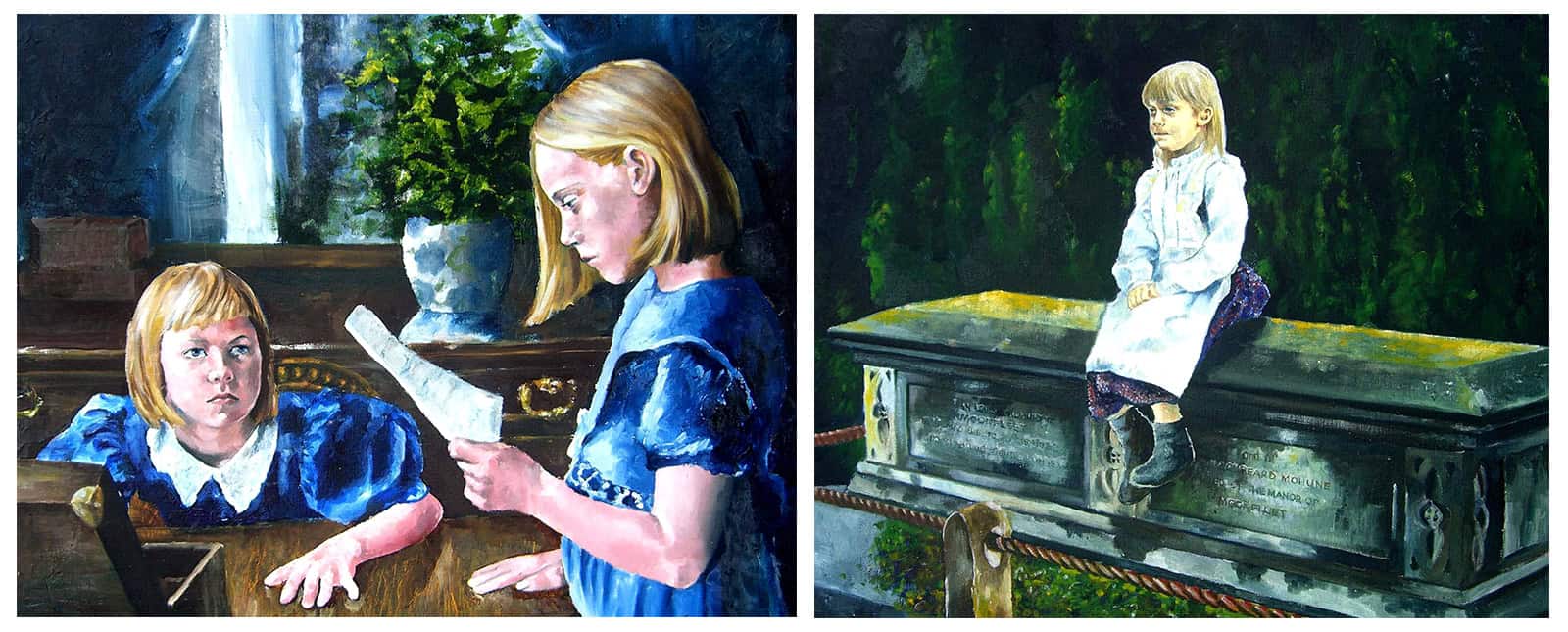
Painting by Jo’s dad.
You went to Cardiff University.
Yes, what was then UWIC [University of Wales Institute Cardiff] but is now called Cardiff Met [Cardiff Metropolitan University]
REF: Wikipedia: [Extract]
UWIC formally ended its association with the University of Wales, and was renamed Cardiff Metropolitan University in November 2011. The university now awards all of its degrees in its own name.
I did my foundation art at Portsmouth University. With hindsight, I probably would have followed on with something more vocational, rather than the fine art route. But then I do feel quite privileged that I had the opportunity to do a fine art degree afterwards. So I’m not complaining.
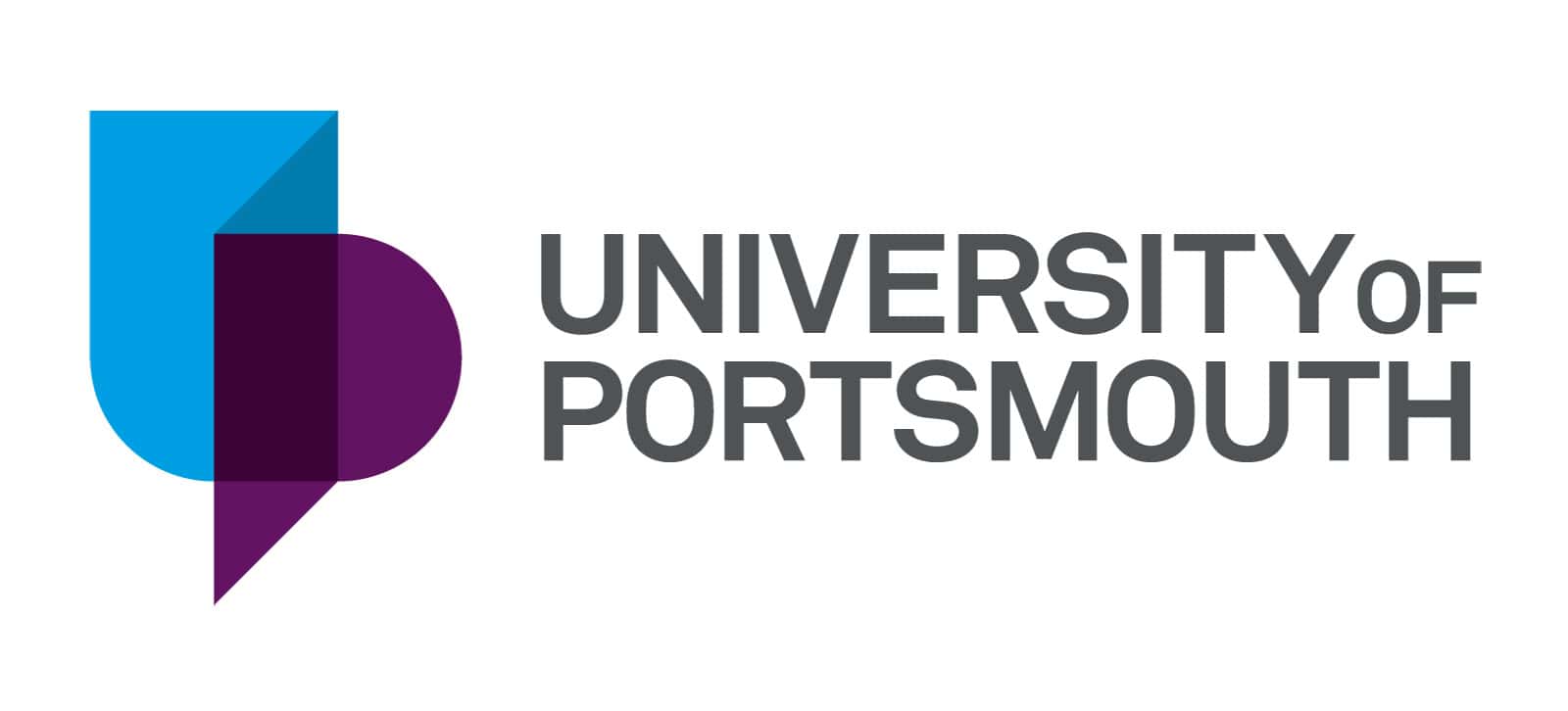
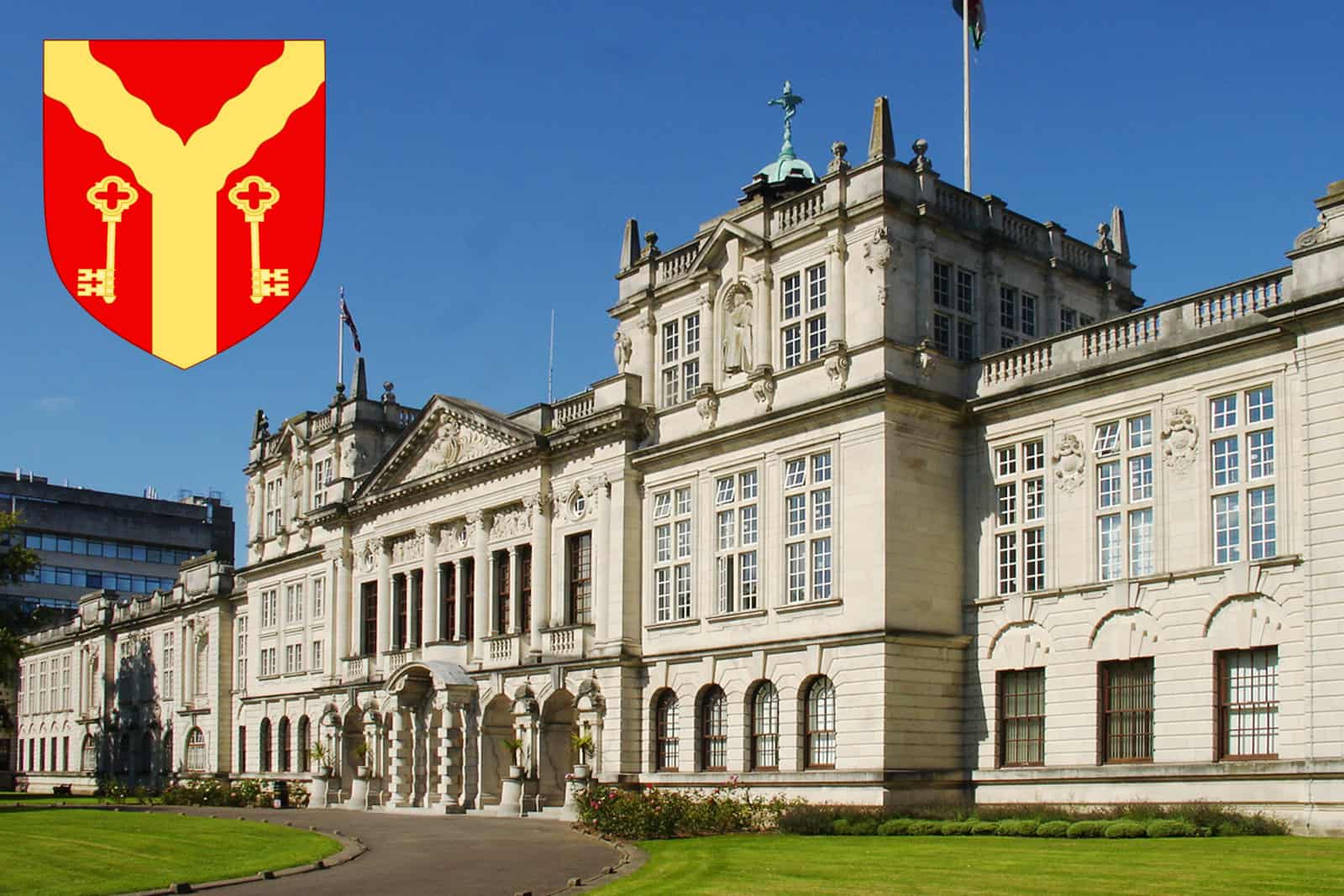
Cardiff Metropolitan University
What area of study did you concentrate on?
I specialised in ‘Photo Visuals’ at college.
What did that cover?
That included film and photography. My final piece was looking at the representation of Mary Magdalene. I made a film of me having my feet washed [by my now husband], projected into a frame. That’s the only ‘A’ grade I’ve ever received in my life [Laughs]. But obviously, I’ve moved away from film now.
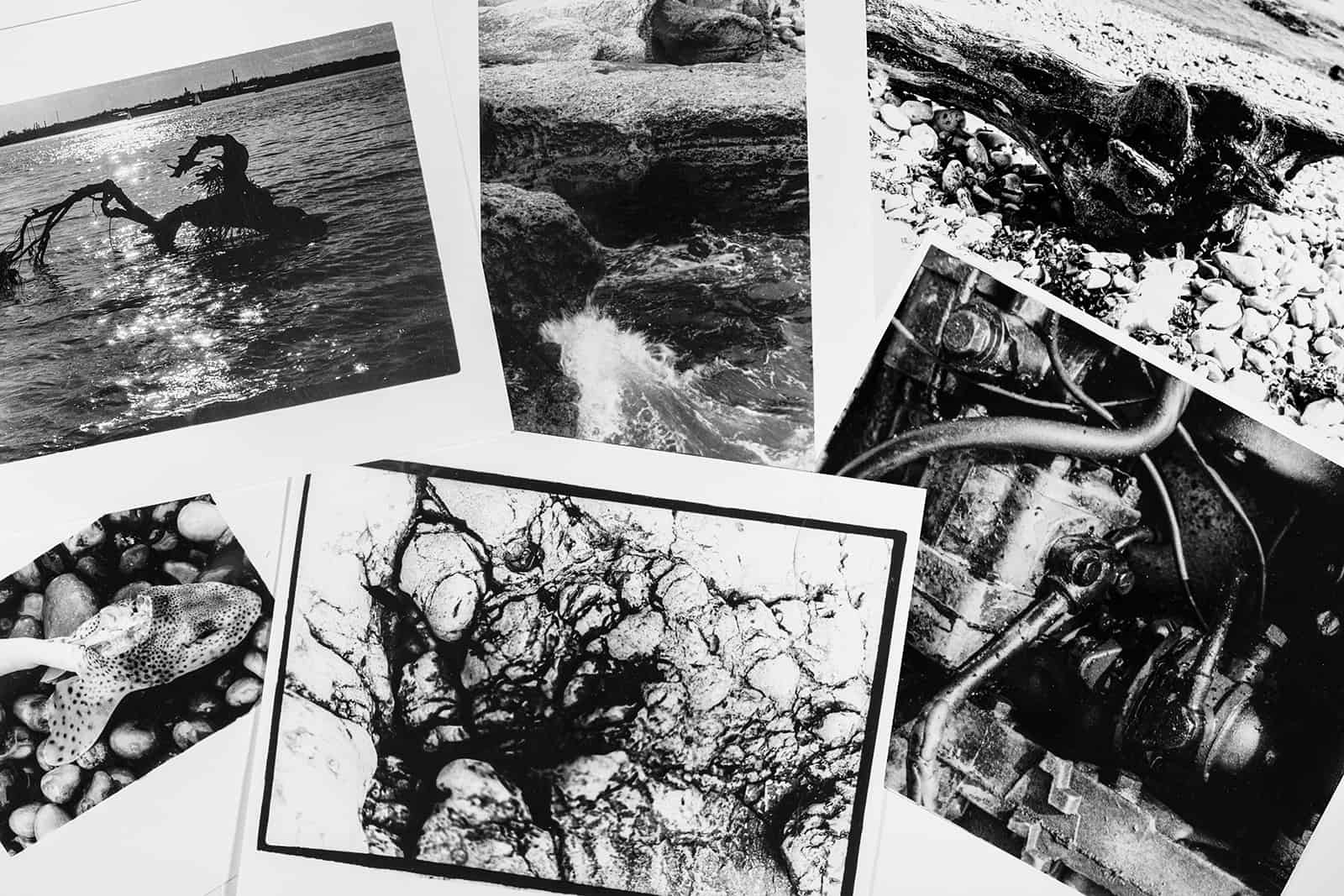
Example B&W Photography prints made during the art foundation year at Portsmouth University
Was this before photography for the masses went digital, so to speak?
Although digital was just starting to come in, I was using film. But whilst I was at Uni, I bought a digital camera.
So you decided not to follow on with that line of study?
At the time I couldn’t see where it could be applied as a career. So I finished the course not knowing what I wanted to do. Both of my parents had been teachers, I thought that might be a direction I could take.
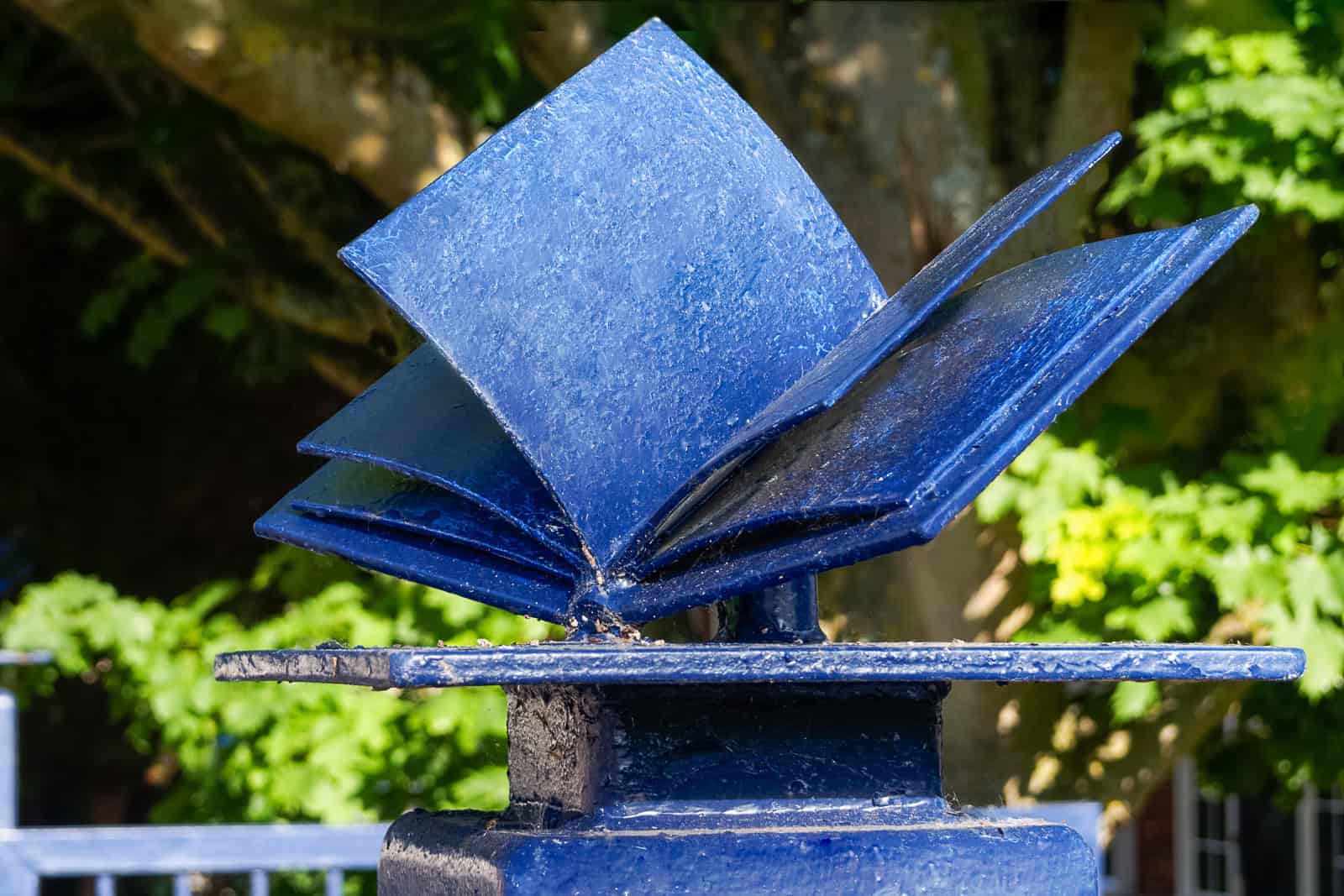
Title: Teaching Artwork
What did they teach?
They had been primary school teachers. So I was trying to decide, do I want to teach at the primary level or do I want to teach art? But as it turned out, I fell into an NHS job at Winchester [UK] hospital, and that was twenty years ago [Laughs].
So that means you got your degree in 2004, any reason you chose Cardiff?
It was really after listening to the advice given by my teachers at Portsmouth. They said that a lot of students opt for Brighton, not necessarily because it’s the best course, but because of where it is and the reputation of its social life. I looked around at a few places like Middlesex and Cheltenham, but in the end, I just went with my gut instinct. I had a good feeling about Cardiff.
Have you always lived along the South Coast?
Yeah. I have family that live in Devon and Cornwall, and I grew up in Southampton. After living in Cardiff whilst at University, we moved back to Southampton, but realised that we didn’t have anything to really hold us there. So we moved to Brighton and lived there for about eight years, except for a brief time in London doing a speech therapy course, before relocating to Southsea. I had a friend in Portsmouth that I grew up with, and the location seemed like a happy medium between Brighton and Southampton, and we’ve been there ever since.
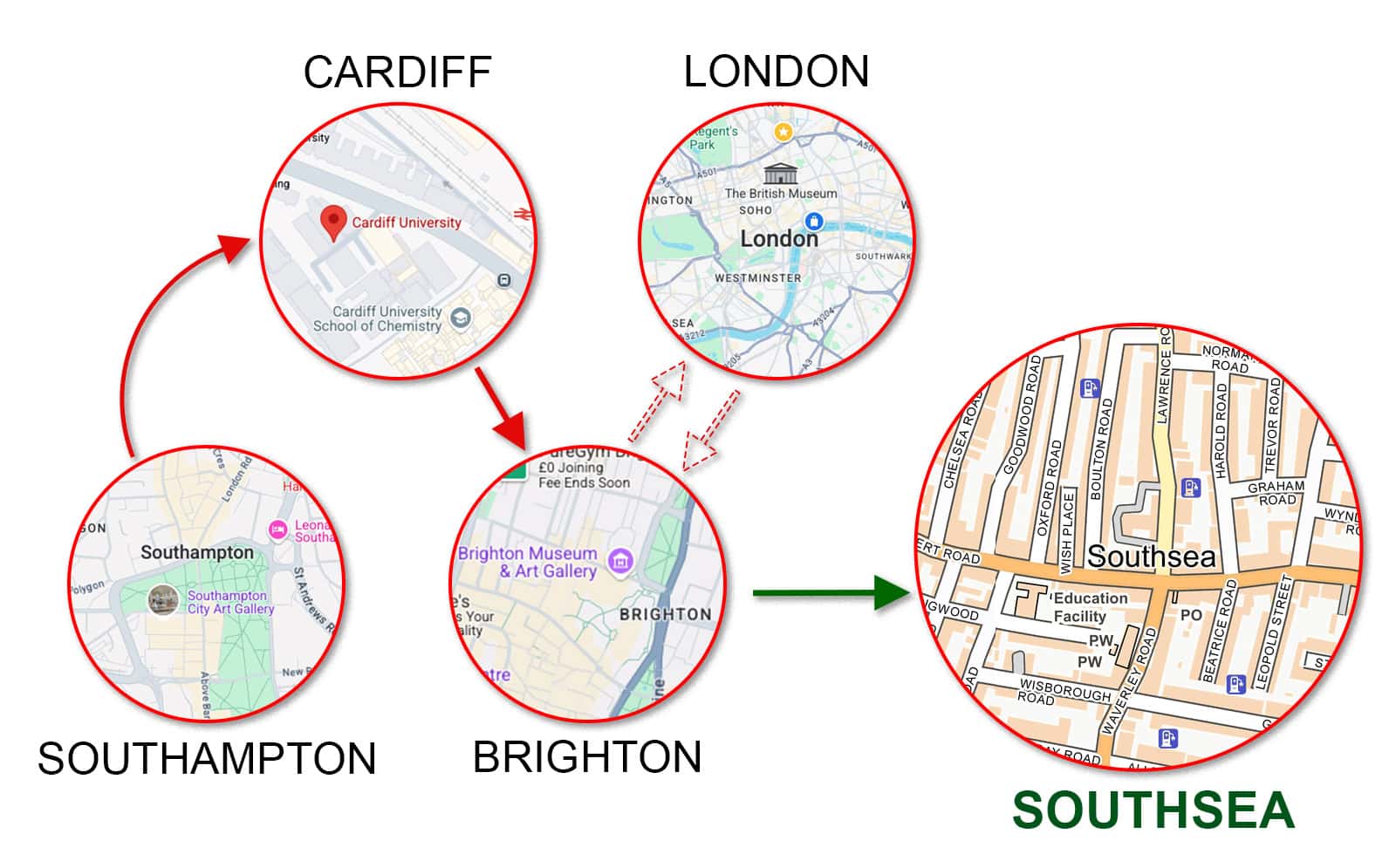
Would you say that you’re attracted to the sea?
I must be, without even thinking about it. I feel that I probably have to be near the water in some way.
Maybe you were a mermaid in a former life [Laughs]
[Laughs] that could be it!
So you’ve finished your degree, but haven’t chosen a path in the arts at that point
No, I just didn’t think I had the right opportunity. I had friends who went on to do Postgraduate Studies in things like Museum Studies or similar, but I didn’t have the financial means to take the studies any further. I had a lot of physiotherapy and speech therapy growing up, so working in a caring profession was always something that I was interested in, as well as art.
And that ‘caring profession’ is rehabilitation and therapy?
Yes. So I work in speech therapy for adults up in Portsmouth Hospital at the moment.
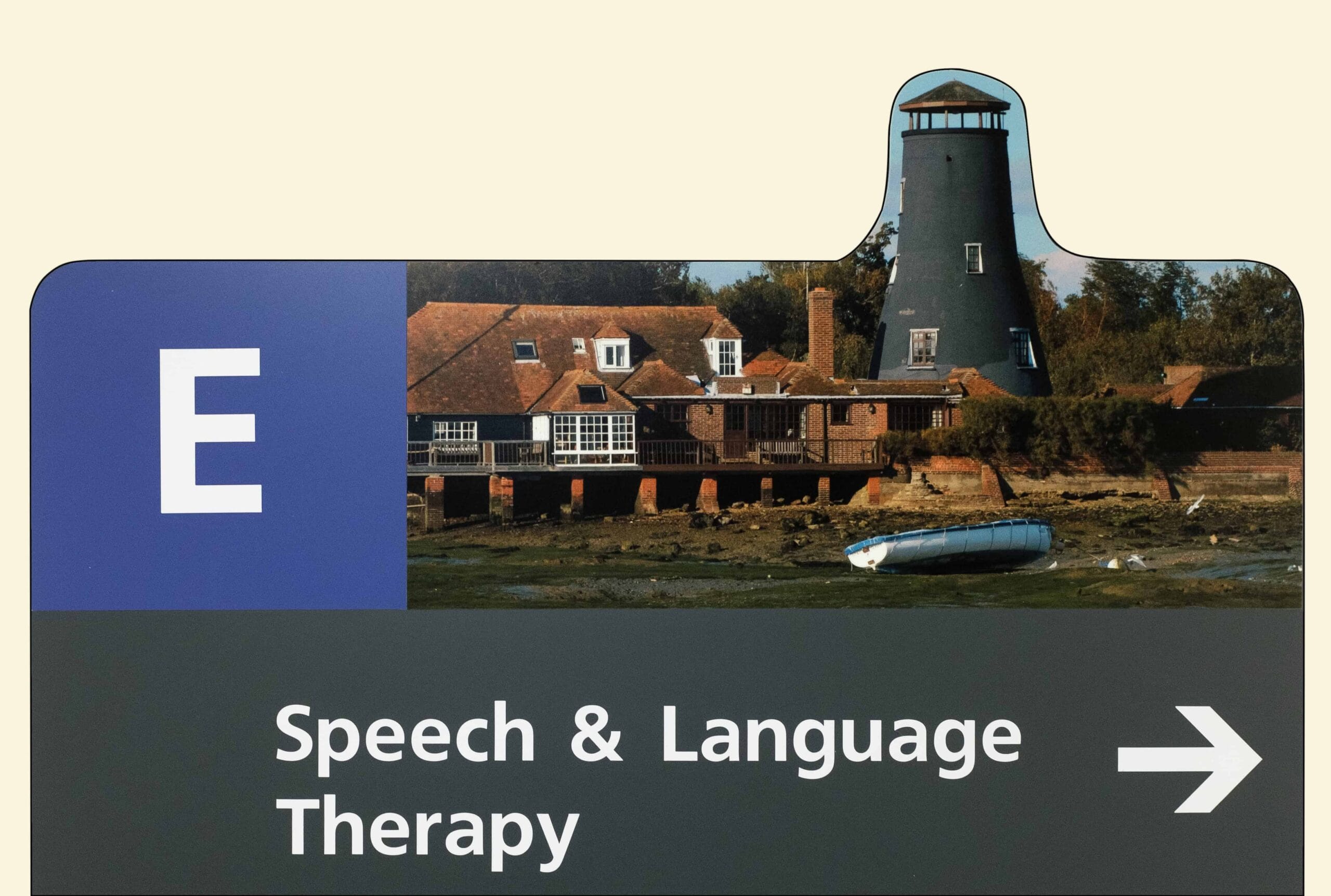
That’s the QA [Queen Alexandra] hospital?
Yeah. I work on the acute medical wards, but I have done a variety of therapy jobs along the way.
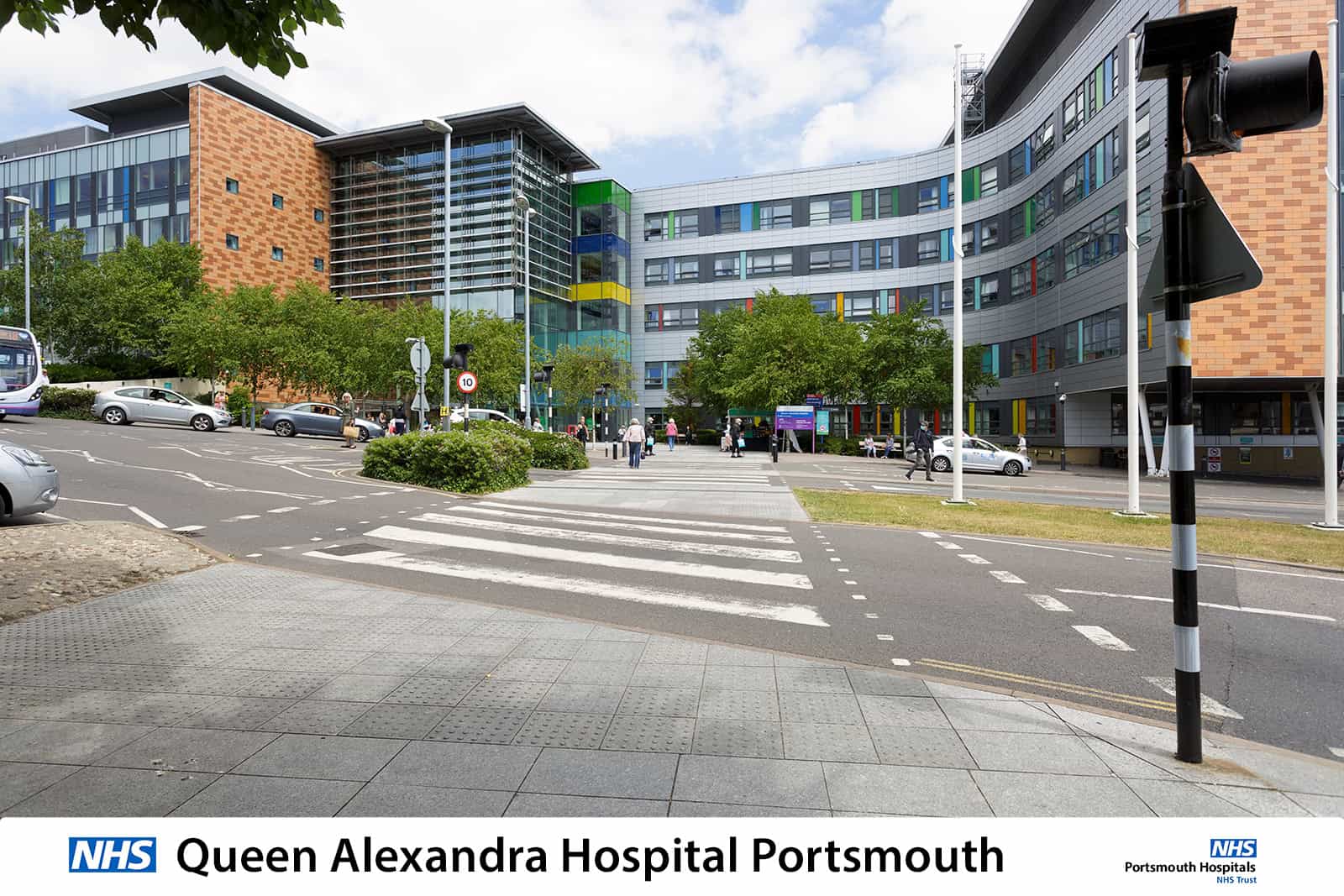
But you’ve settled on what you are currently doing now?
Yes. I was part of a community neurological rehabilitation team [CNRT] in Brighton, which meant that I gained experience in a lot of different therapies. I’ve also worked as a physio technician for people who were recovering from hip and knee replacement. When I was working in the Brighton team, that’s when I gravitated towards speech therapy more. We helped set up an Aphasia Befriending scheme for stroke recovery patients, which went on to be self-sufficient. That felt like a worthwhile accomplishment.
You must have seen quite a lot of changes in all that time?
Oh definitely. The demands on the professions are almost unrecognisable. COVID has had a huge impact on health care and is actually the main reason why I’m now doing my art.
I’d had a hiatus of not doing very much other than work, and realised that I needed to do something for myself again. So I cut down my hours in the NHS and tried to rediscover who I am.
This is at the end of 2020, and you felt the pull to get back into the arts and enrolled in a 3D casting course.
Yes, a 3D baby feet and hand casting course, down in Dorset, with Glenda of ‘Precious Memories’. She continues to be really supportive.
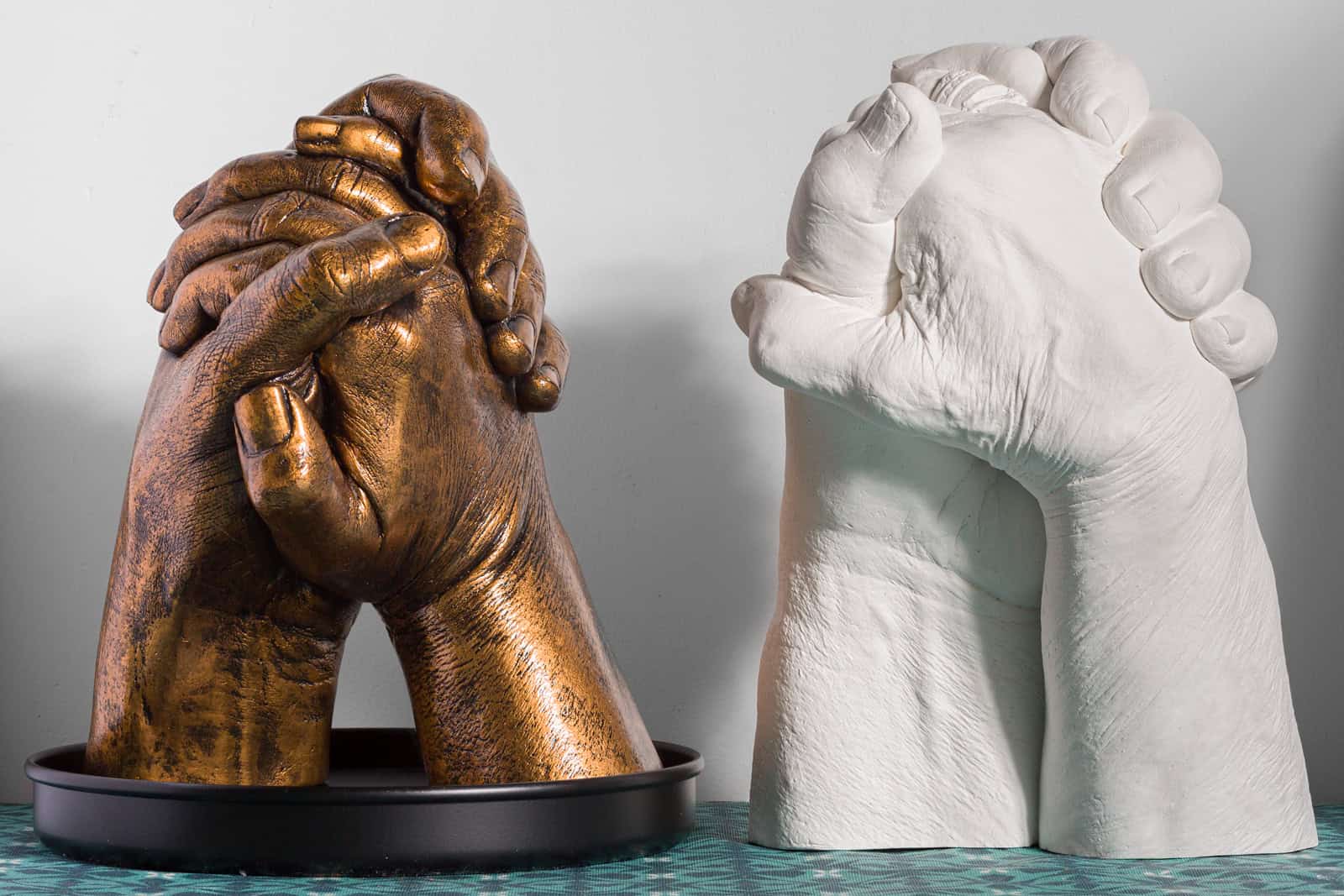
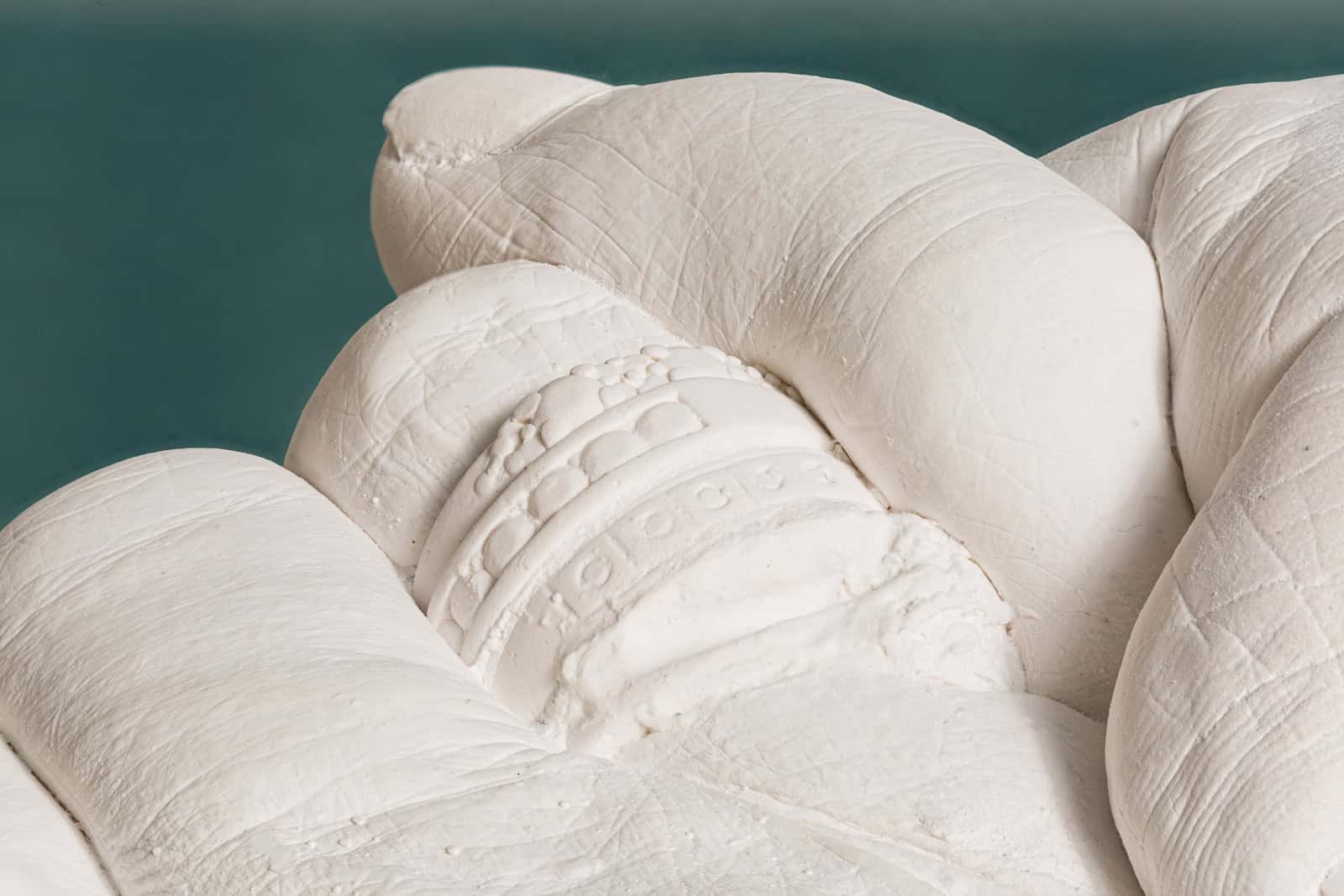
Did you get any work as a result of doing the course?
I created some casts for a few friends’ babies’ hands and feet, and had some more bookings as a result. However, through social media, I became really interested in botanical castings, and over time taught myself how to do it, and that’s how Sentimental Castings came about.
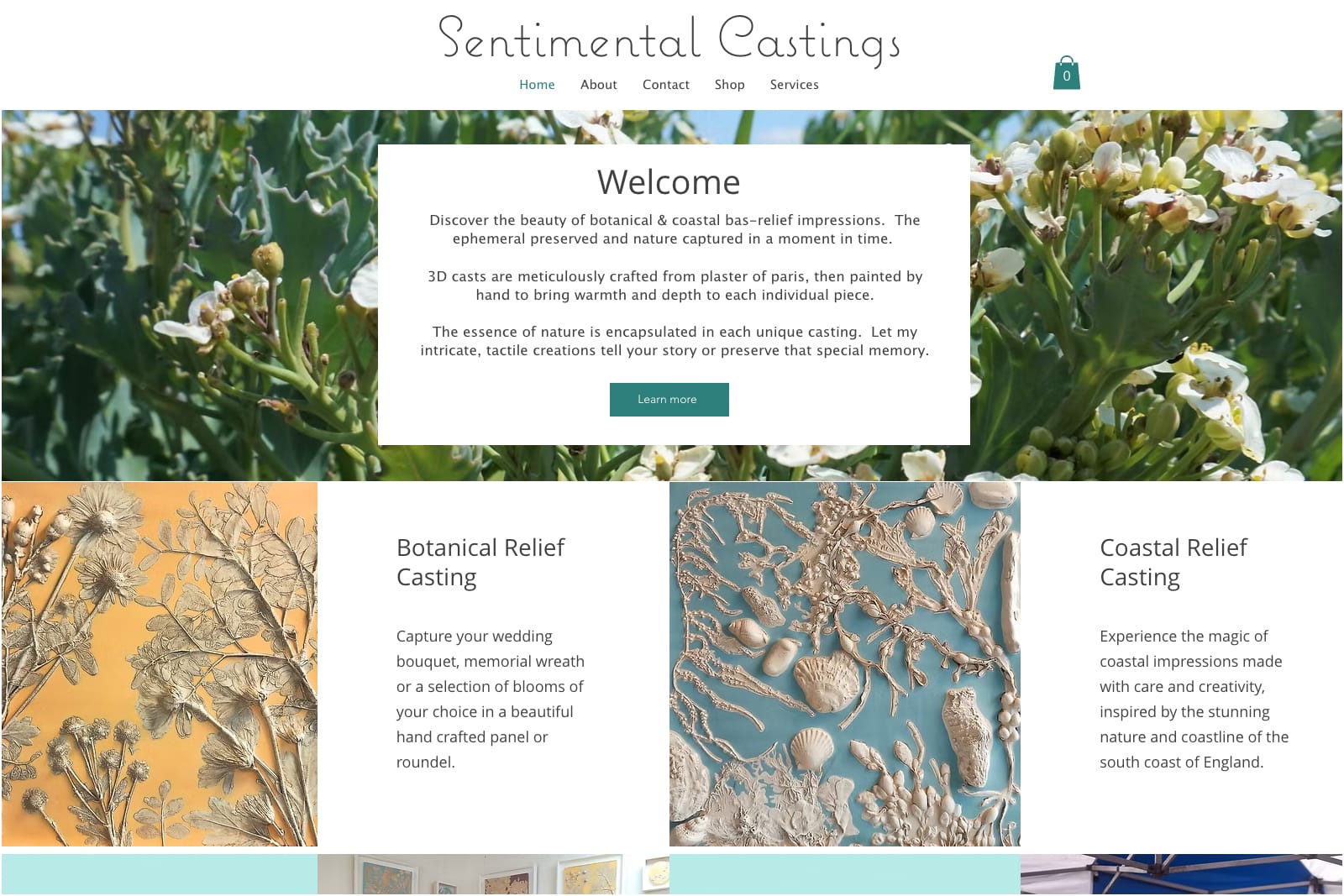
In your website bio, it says ‘I taught myself the art of 2D casting’, how is that different from 3D?
can’t see the reverse side, if that makes sense? The botanical and coastal castings are raised or in relief.

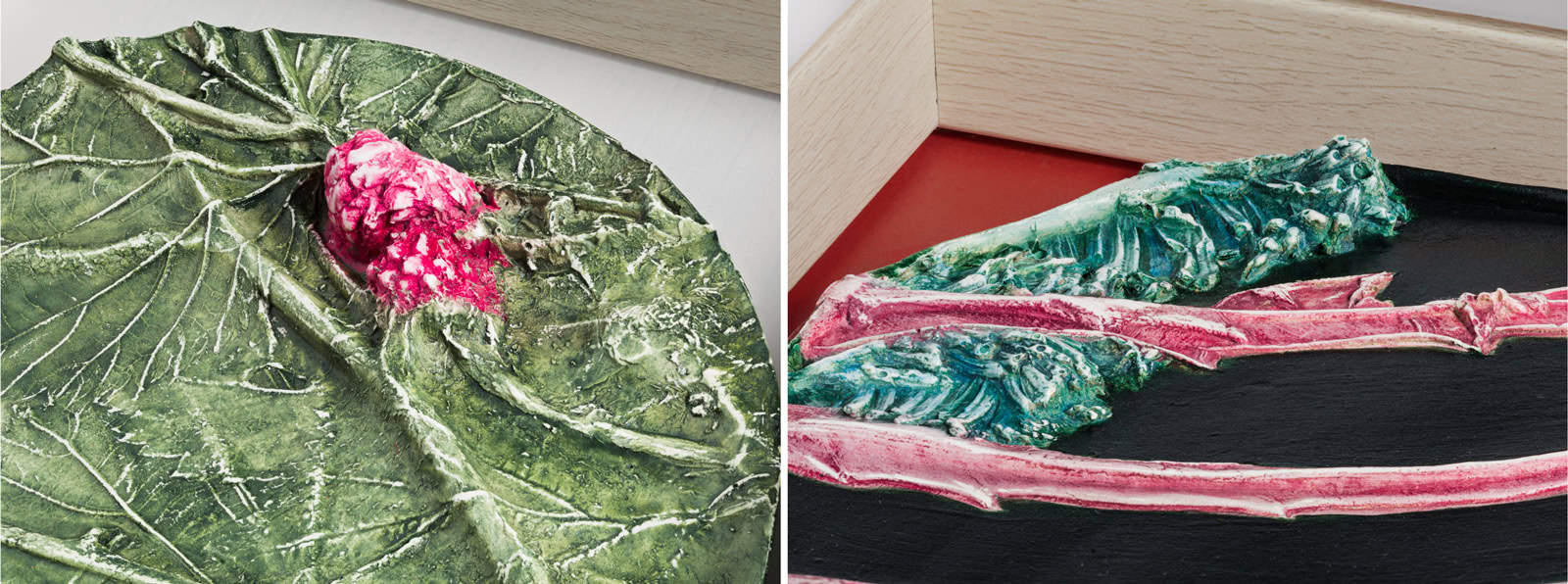
In the second part of Jo’s story, we discuss the process of creating her artwork and how working with the materials can be quite therapeutic. Watch this space.

